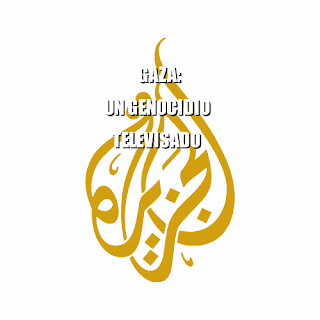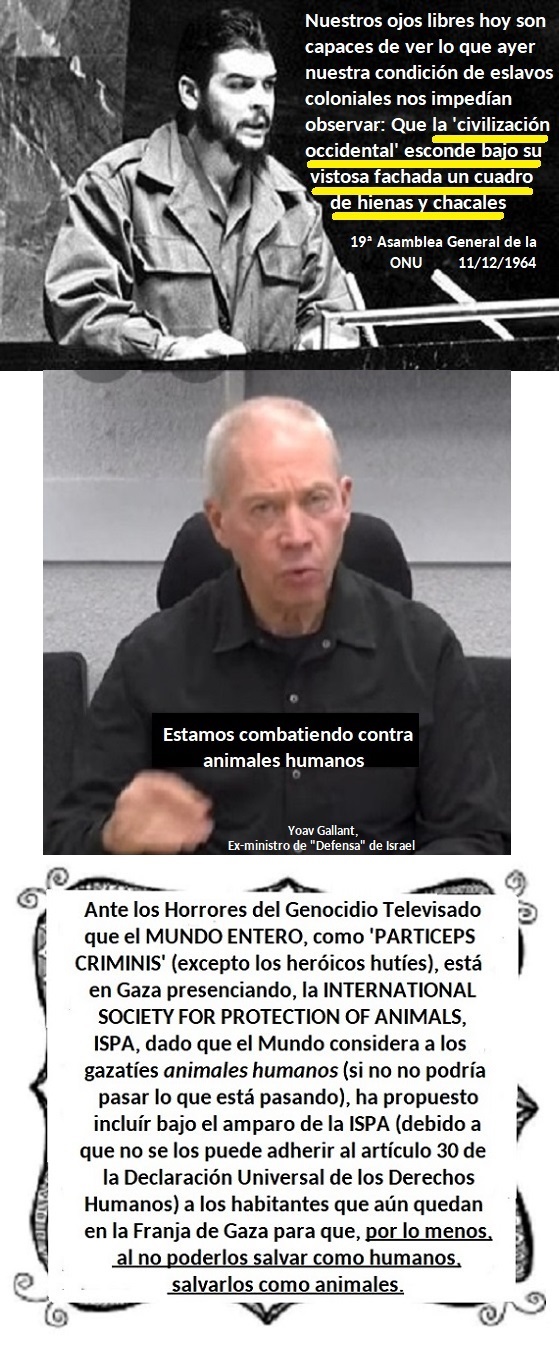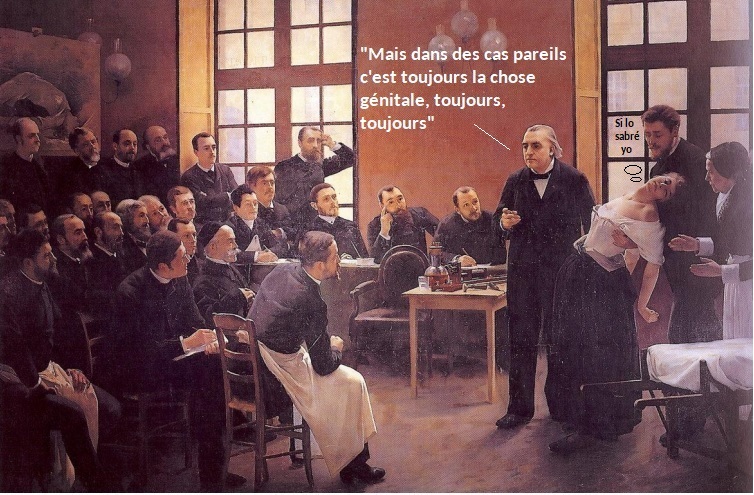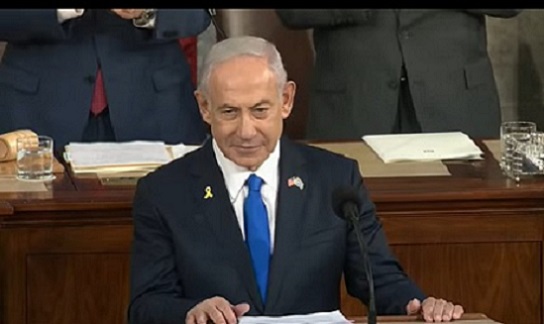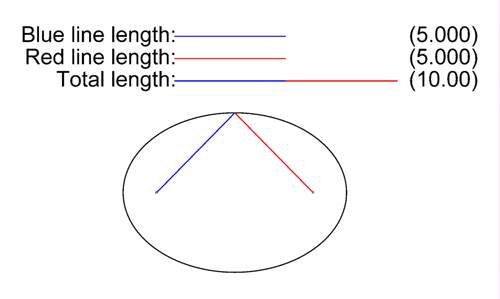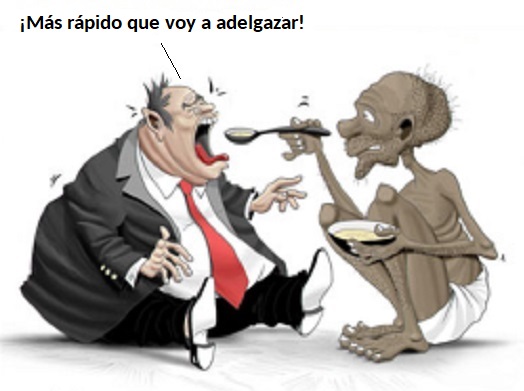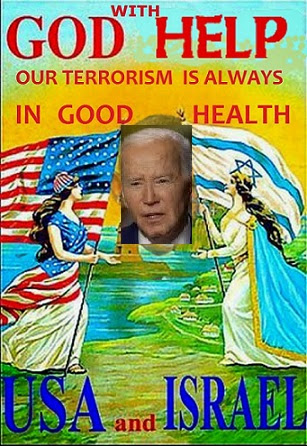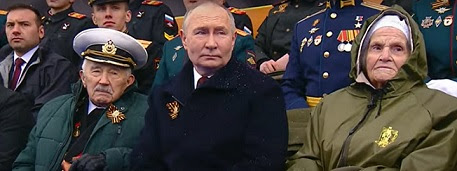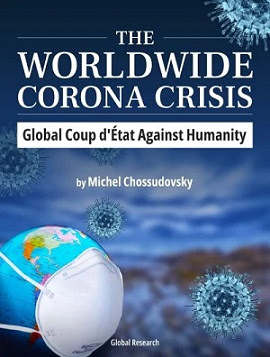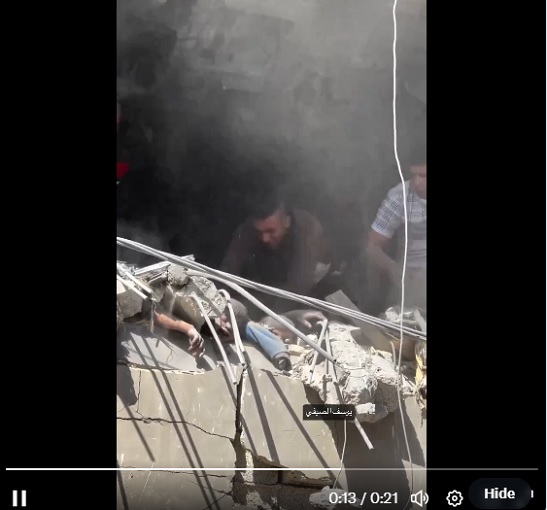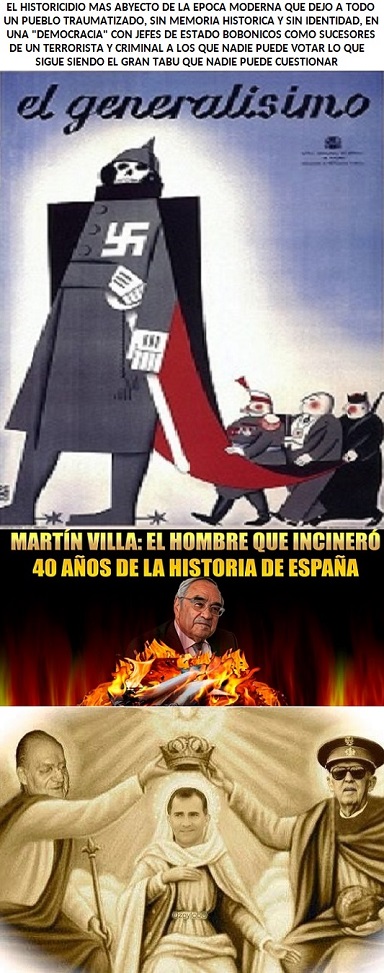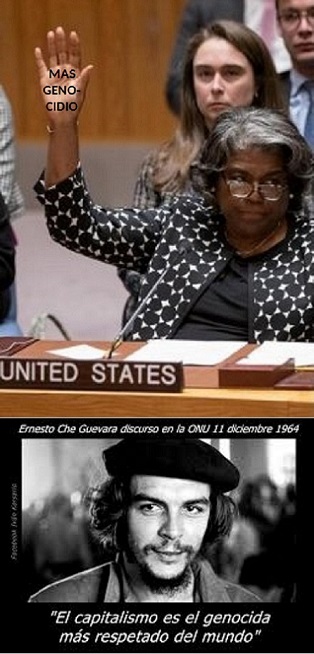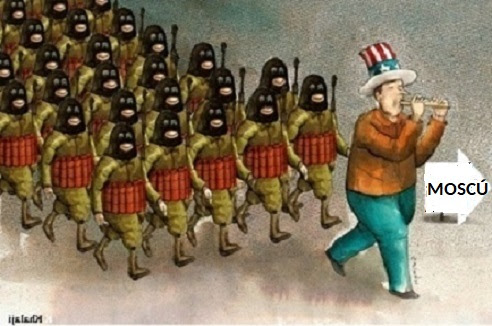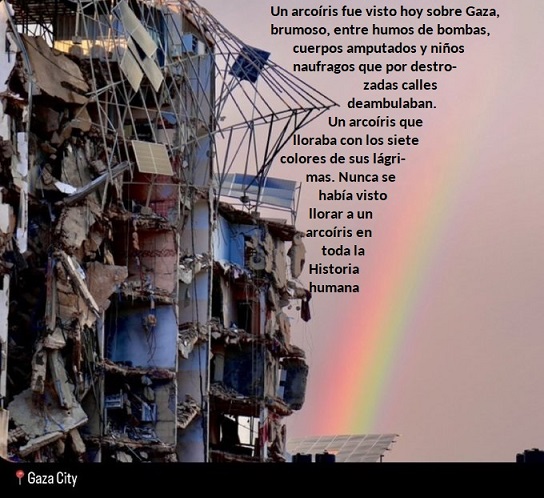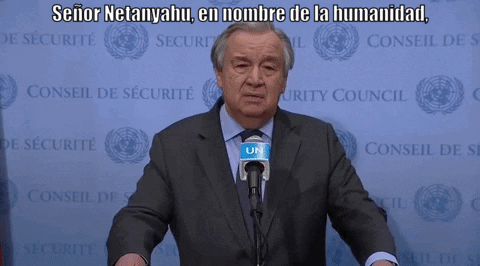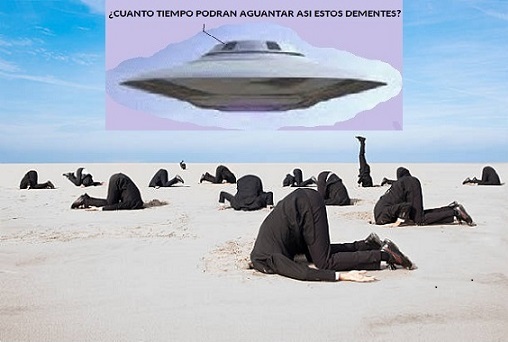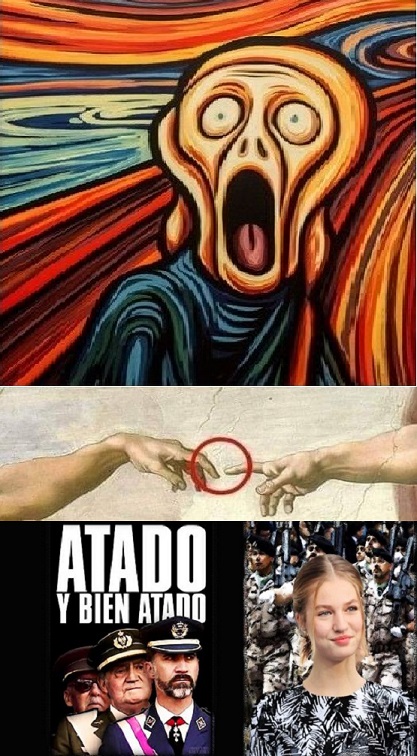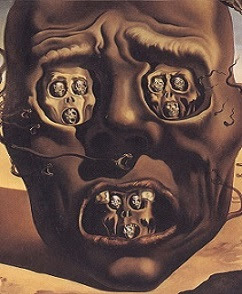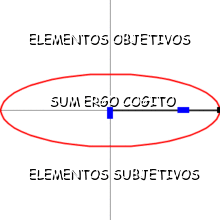For much of the reformist left, support for the Democratic Party at home and for anti-Communism abroad have been defining features. With few exceptions, these reformist “socialists” all howled with the imperialists in demanding Soviet troops out of Afghanistan in the 1980s.
Washington started funneling arms to Islamic mujahedin (holy warriors) from the moment the Soviet-allied People’s Democratic Party of Afghanistan (PDPA) came to power in April 1978. As modernizing left-nationalists, the PDPA attempted to implement a program for redistributing land, lowering the bride price, educating women and freeing them from the burqa. In the context of backward, benighted Afghanistan, these relatively modest reforms were nothing short of revolutionary. When the huge Islamic hierarchy launched a fierce insurgency, the Soviet Union intervened in December 1979 after repeated requests by the embattled PDPA regime. Beginning with Democrat Jimmy Carter and continuing under Republican Ronald Reagan, the U.S. seized on the Red Army intervention to launch a renewed anti-Soviet offensive (Cold War II), in particular waging a proxy war aimed at killing Soviet soldiers and officers in Afghanistan.
For Marxists, there was no question which side working people and the oppressed the world over had in this conflict. The threat of a CIA-backed Islamic takeover on the USSR’s southern flank posed pointblank the need for unconditional military defense of the Soviet Union, a bureaucratically degenerated workers state. Moreover, the Soviet military intervention opened the possibility of social liberation for the Afghan masses, particularly women. We Trotskyists proclaimed: Hail Red Army! Extend social gains of October Revolution to Afghan peoples!
In contrast, the ISO and its then-parent group in Britain, Tony Cliff’s Socialist Workers Party, demanded: “Troops Out of Afghanistan!” (Socialist Worker [Britain], 12 January 1980). The Maoist RCP likewise condemned the Soviet intervention. To justify siding with the reactionary mujahedin and their imperialist patrons, the reformist left invoked the lie of “poor little Afghanistan” and screamed about the national rights of the country being trampled by “Soviet imperialism.” In fact, even if Afghanistan were a nation, the question of its national self-determination would have been subordinated to the overriding class and social questions—i.e., defense of the Soviet Union as well as the struggle for women’s rights and social progress in Afghanistan.
However, Afghanistan is not a nation but rather a patchwork of tribes and peoples, with a minuscule proletariat. There weren’t sufficient internal class forces to sustain the PDPA’s reforms, let alone a social revolution. Soviet military intervention, however, posed the overthrow of the landlords, tribal warlords and mullahs that dominated Afghan society and perpetuated its backwardness. The social progress potentially open to the Afghan peoples was visible in the stark contrast between Afghanistan’s impoverished backwardness and the huge advances in living standards, education and women’s rights just to the north in Soviet Central Asia, which once looked much like Afghanistan.
Under the Soviet military umbrella, the Afghan government began mass literacy campaigns and provided medical care. Over 300,000 peasants received land. By the late 1980s, half of all university students in Afghanistan were women, and women made up 40 percent of the country’s doctors, 70 percent of its teachers, and 30 percent of its civil servants. Women in the workforce had increased 50-fold, and 15,000 women served as soldiers and commanders in the Afghan army. The London Guardian online (30 September 2001) quoted Saira Noorani, a woman surgeon who left Kabul in 2001: “‘Life was good under the Soviets,’ Saira said. ‘Every girl could go to high school and university. We could go wherever we wanted and wear what we liked’.” She also said: “Since then everything has been a long dark night.”
Afghanistan and American Intervention
In a campaign to militarily and economically bleed the Soviet Union in Afghanistan, the U.S. launched the largest CIA covert operation in history. But the Red Army was not defeated militarily in Afghanistan. A prominent commander of the Soviet Army in Afghanistan, Major General Alexander Liakhovsky, asserted in his book, Afghan: Tragedy and Valor (1995): “During the period of the ‘Afghan war’ they [Soviet soldiers] never once retreated and never surrendered their positions.” He added: “They did much for the good of the Afghan people in carrying out their peacekeeping functions (they provided medical aid to the population; they built roads, schools and hospitals; they provided humanitarian aid and so forth). For many long years, for example, they preserved from destruction Kabul and other major cities, which, as I have already stated, after the mujahedin came to power were reduced to battlefield arenas and now lie in ruins.”
It is not just this former Soviet general who recognizes that the Red Army was not militarily defeated. Even on the eve of the Soviet withdrawal, a writer for Soldier of Fortune magazine noted that the Soviet army could “still go wherever it wants to go in Afghanistan” (quoted in Diego Cordovez and Selig S. Harrison, Out of Afghanistan [1995]).
The Soviet withdrawal in 1988-89 was a political betrayal by the Stalinist bureaucracy under Mikhail Gorbachev, opening the door to capitalist counterrevolution in the USSR itself in 1991-92. The Soviet intervention cut against the grain of the nationalist Stalinist dogma of “socialism in one country.” Gorbachev’s betrayal flowed from the whole outlook of the Stalinist bureaucracy, which subordinated the interests of the international proletariat in an attempt to defend its own privileged position as a parasitic layer resting on the collectivized economy, thus undermining the defense of the Soviet workers state itself. We fought for a proletarian political revolution to oust the Stalinist bureaucracy and return the Soviet Union to the Bolshevik internationalism of Lenin and Trotsky. We warned from the outset that the Kremlin bureaucracy, in its quest for “peaceful coexistence” with U.S. imperialism, might cut a deal at the expense of the Afghan peoples.
After the Soviet withdrawal, the Afghan government fought on valiantly for three years. The Partisan Defense Committee—a legal and social defense organization associated with the Spartacist League— wrote to the PDPA government in 1989 offering “to organize an international brigade to fight to the death” against the forces of Islamic reaction. When that offer was turned down, the PDC, at the request of the Afghan government, launched an international fund drive to aid civilian victims of the mujahedin siege of Jalalabad, raising over $44,000.
When the mujahedin finally took Kabul in 1992, re-enslaving Afghan women, the various tribally based mujahedin militias carried out a vengeful war of mass murder, torture and rape of rival ethnic populations, which left at least 50,000 people dead in Kabul alone. The Taliban, recruiting from the historically dominant Pashtun ethnic population, emerged as the strongest of the mujahedin factions. Backed by the Pakistani government and supported by U.S. imperialism, the Taliban came to power in 1996.
The 2001 U.S. invasion that drove the Pashtun-based Taliban fundamentalists from power installed in its place a regime based largely on the coalition of former Islamic mujahedin militias—Tajik, Uzbek, and Hazara—grouped in the Northern Alliance. Karzai was chosen by the U.S. as the Pashtun figurehead, while Northern Alliance warlords, mainly Tajik, filled key security and military posts. This remains, more or less, the reactionary regime overseen by the U.S. today. Karzai’s vice presidential running mate in the recent election, Muhammad Fahim, is one of the biggest drug lords in the country, while another of his supporters, Abdul Rasul Sayyaf, was notorious for cutting off women’s breasts (Libération, 20 August). For his part, Abdullah Abdullah, a former foreign minister under Karzai, was once an aid to Tajik mujahedin leader Ahmed Shah Massoud, a butcher who in 1993 ordered the massacre of hundreds of Hazara men, women and children, and destroyed the Hazara neighborhood in Kabul, killing up to one thousand more.
The U.S. fights its “war on terror” in order to impose its will on oppressed peoples around the world. The horrors produced by U.S. imperialism’s “holy war” against the Soviet Union in Afghanistan, as well as the present occupation of the country, show once again that the capitalist system is a barrier to social progress and a breeding ground for barbaric reaction.














































































































